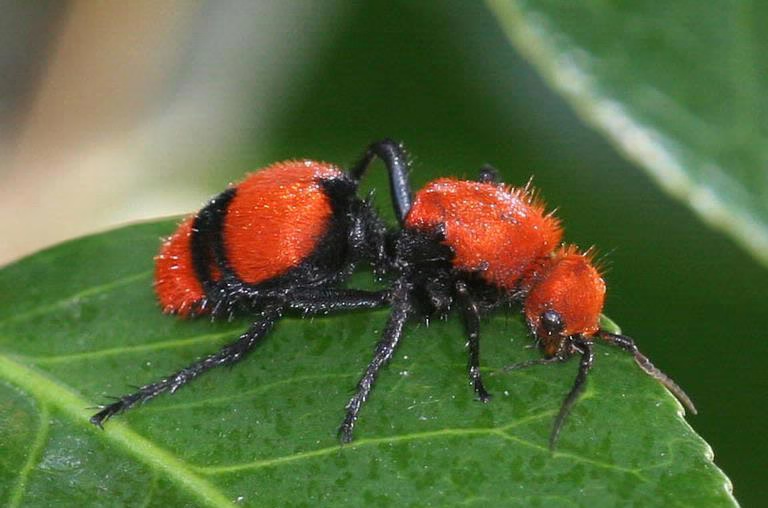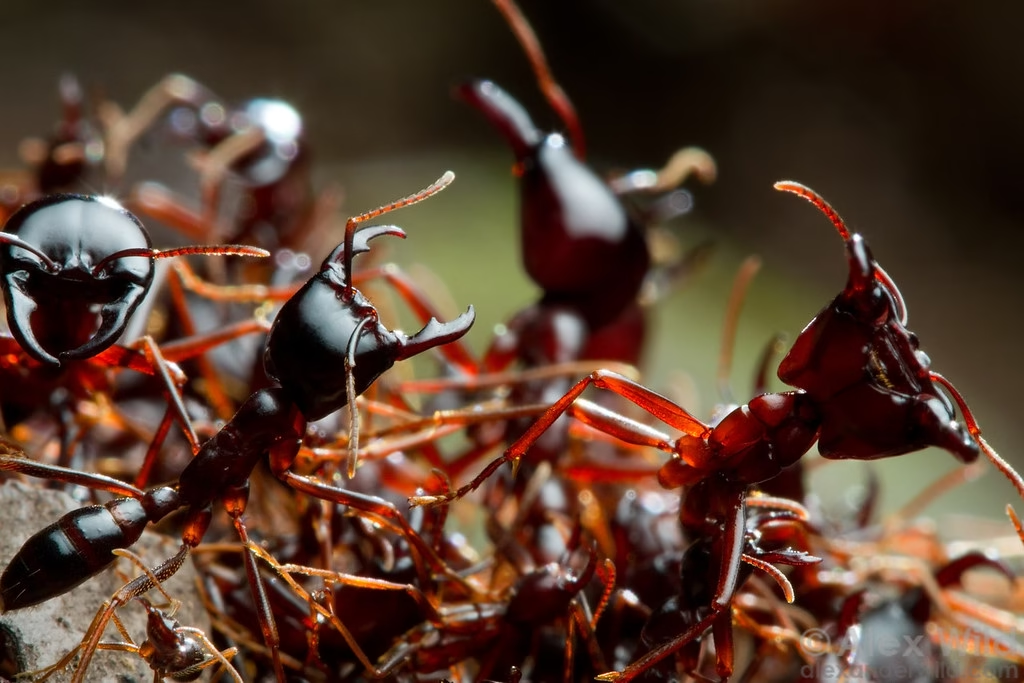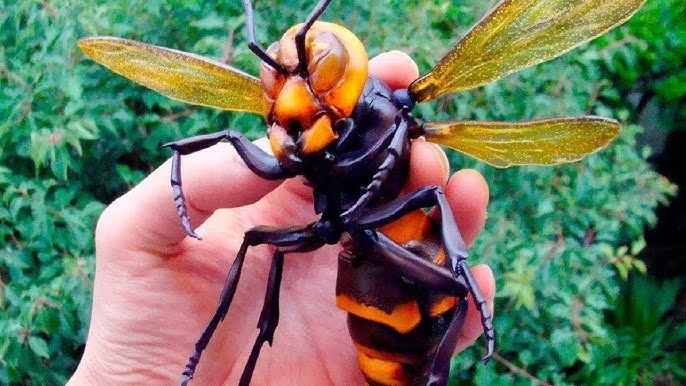Top 10 Worst Insects be Attacked By
Introduction
Insects are among the most diverse and numerous creatures on Earth, playing vital roles in ecosystems—from pollination to decomposition. However, not all insects are harmless or beneficial to humans. Some species are notorious for their painful stings, venomous bites, or parasitic behavior, making encounters with them a truly unpleasant—and sometimes dangerous—experience. While most insect encounters result in nothing more than a minor annoyance, a few can cause intense pain, allergic reactions, or even life-threatening consequences. This list explores the top 10 worst insects to be attacked by, focusing on the severity of pain, potential for long-term harm, and overall danger posed to humans.
Whether it’s the excruciating sting of the bullet ant or the flesh-burrowing habits of the botfly, these insects are infamous for a reason. Understanding them not only fuels our curiosity but also highlights the importance of respecting nature and exercising caution in environments where these creatures thrive.
Bullet Ant (Paraponera clavata)

Often referred to as the insect with the most painful sting in the world, the bullet ant lives in the rainforests of Central and South America. Its sting has been likened to the sensation of being shot—hence the name—and can cause intense, throbbing pain that lasts up to 24 hours. Indigenous tribes even use bullet ant stings in initiation rituals, a testament to their severity. Despite being non-lethal, the pain and swelling make this a truly terrifying insect to encounter.
Warrior Wasp (Synoeca septentrionalis)
Nicknamed the “armored wasp,” the warrior wasp is infamous for its aggressive behavior and incredibly painful sting. Found primarily in Central and South America, this insect is highly territorial and won’t hesitate to attack in swarms when threatened. Its sting ranks high on the Schmidt Pain Index and causes burning pain that can last for hours. The synchronized drumming noise they make as a warning only adds to their menacing reputation.
Tarantula Hawk Wasp (Pepsis grossa)
The tarantula hawk wasp, known for its striking blue-black body, possesses one of the most painful stings of any insect. Found in the Americas, its sting causes an intense, searing pain that can last for several minutes. While the sting itself is incredibly painful, it is not deadly to humans. The wasp’s sting is used to paralyze tarantulas, which it then uses to feed its larvae. Despite its frightening appearance, this insect is generally non-aggressive unless provoked.
Japanese Giant Hornet (Vespa mandarinia japonica)
The Japanese giant hornet is infamous for both its size and the intensity of its sting. Native to East Asia, it can grow up to 2 inches in length, with a sting that delivers potent venom capable of causing severe allergic reactions or even death in rare cases. The hornets are also known for attacking in swarms, making them a significant danger in areas where they are found. Their venom can cause immense pain, tissue damage, and potentially deadly effects for those allergic to the toxin.
Africanized Honey Bee (Apis mellifera scutellata)
The Africanized honey bee, often referred to as the “killer bee,” is a hybrid of the European honey bee and an African subspecies. Known for its extreme aggression, this bee will defend its hive with relentless attacks, sometimes in swarms of thousands. A single sting can cause significant pain, but multiple stings can lead to serious medical issues like anaphylaxis or even death, especially for those with allergic reactions. Their unpredictable and relentless behavior makes them especially dangerous to people who accidentally disturb their nests.
Executioner Wasp (Polistes carnifex)
The executioner wasp, found in the tropical regions of South America, gets its name from its large, intimidating size and potent sting. Its sting is incredibly painful and can cause intense, long-lasting swelling. Though not naturally aggressive, the executioner wasp becomes highly defensive when threatened and can attack in swarms. Its venom is potent enough to cause systemic reactions in humans, making it a dangerous insect to encounter in the wild. Despite this, it is often mistaken for a more benign species due to its relatively solitary nature.
Botfly (Dermatobia hominis)
The botfly is a parasitic insect whose larvae can cause a horrifying infestation in human skin. Native to tropical regions of the Americas, the adult female botfly lays her eggs on a mosquito or other insect, which then transfers the larvae to human skin upon biting. The larvae burrow under the skin and feed on the host’s tissue, causing painful swelling and potential infection. While not immediately life-threatening, botfly infestations are incredibly uncomfortable and require medical treatment to remove the larvae.
Tsetse Fly (Glossina spp.)
The tsetse fly, found in sub-Saharan Africa, is infamous for spreading the deadly disease known as African sleeping sickness. While the bite itself is relatively painless, it can transmit the parasitic infection that leads to fever, headaches, and neurological damage. If left untreated, African sleeping sickness can be fatal. The tsetse fly is also a threat to livestock, making it a significant issue for both human and animal health in affected regions. Its stealthy bite and disease transmission capabilities make it one of the most dangerous insects on the planet.
Fire Ant (Solenopsis invicta)
Fire ants are notorious for their aggressive behavior and excruciatingly painful stings. Native to South America, these ants have spread to many parts of the world, including the southern United States. When disturbed, they attack in swarms, with each ant delivering a venomous sting that causes intense burning and itching. In addition to the pain, the venom can trigger allergic reactions in some people, leading to potentially serious health complications. Fire ants are particularly dangerous for vulnerable populations, including young children and individuals with allergies.
Driver Ant (Dorylus spp.)

Driver ants, also known as safari ants, are infamous for their highly coordinated and aggressive swarming behavior. Native to Africa, these ants move in large, relentless colonies and can overwhelm both animals and humans in their path. While their bites are painful, it’s their sheer numbers that make them dangerous. The pain from their bites can be intense, and the risk of infection is high due to the wounds they create. In some cases, people have been known to suffer from systemic effects like shock after prolonged exposure to swarms of driver ants.
Conclusion
Insects, while crucial to ecosystems, can sometimes pose severe risks to humans. From the excruciating sting of the bullet ant to the parasitic larvae of the botfly, these creatures have earned their place as some of the most feared insects on Earth. Though encounters with these insects are rare, it’s important to be aware of their presence in certain regions and to exercise caution when traveling or working in areas where they reside. Understanding their behavior and risks can help us avoid dangerous interactions and stay safe in their environments.
You Can Also Read: Top 10 Most Dangerous Dogs
FAQS
What are the king of insects?
Noun. (often capitalised as “King of Insects”, as is the convention for monarchic titles) The bee.
Who is the intelligent insect?
This dance tells bees everything from how far away the flower is, to which direction the bees need to fly in order to reach the flower, to the bee’s relationship to the sun. These dances are amazingly accurate, so think about that the next time you plug an address into your GPS.
What insect is feared the most?
Still, anecdotally, many people suffer from katsaridaphobia, or cockroach phobia. Lockwood guesses that the number reaches well into the tens of millions, and Richard Kaae, an entomologist at California State University, thinks that cockroaches are the number one insects feared by humans.
What is the most hated bug?
Cockroaches are officially the most hated insect, according to a new study. A new survey of 2,000 people found 39% can’t stand cockroaches, followed by spiders (37%) and ants (29%) more than any other type of bug.
What is the fastest insect?
Australian tiger beetles
Australian tiger beetles, genus Cicindela, subgenus Rivacindela, (Coleoptera: Cicindelidae) are the fastest running insects known. The fastest, Cicindela hudsoni, can run 2.5 meters per second (5.6 miles per hour).
What is a cockroaches’ biggest weakness?
Majority of the cockroaches prefer areas with moisture. However, brown-banded cockroaches can survive numerous days in dry areas without water. Cockroaches are not entirely invincible, and water is their weakness. They cannot survive complete scarcity of water.
